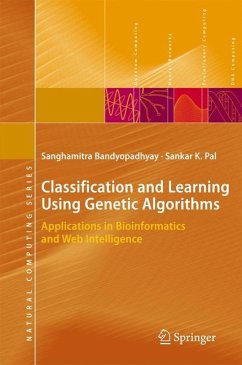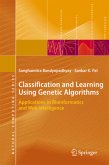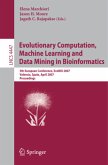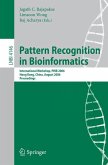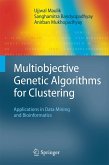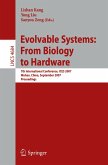This book provides a unified framework that describes how genetic learning can be used to design pattern recognition and learning systems. The book is unique in the sense of describing how a search technique, the genetic algorithm, can be used for pattern classification mainly through approximating decision boundaries, and it demonstrates the effectiveness of the genetic classifiers vis-à-vis several widely used classifiers, including neural networks. It provides a balanced mixture of theories, algorithms and applications, and in particular results from the bioinformatics and Web intelligence domains.
This book will be useful to graduate students and researchers in computer science, electrical engineering, systems science, and information technology, both as a text and reference book. Researchers and practitioners in industry working in system design, control, pattern recognition, data mining, soft computing, bioinformatics and Web intelligence will also benefit.
This book will be useful to graduate students and researchers in computer science, electrical engineering, systems science, and information technology, both as a text and reference book. Researchers and practitioners in industry working in system design, control, pattern recognition, data mining, soft computing, bioinformatics and Web intelligence will also benefit.
"This book tries to balance the mixture of theories, algorithms, and applications and is a good reference for people who want to solve a complex optimization problem for their field. ... Overall, this book is well organized and well written. There is no doubt that this is another good pattern recognition reference to have on one's bookshelf." (Zheng Liu, IAPR Newsletter 30(4), October 2008)

